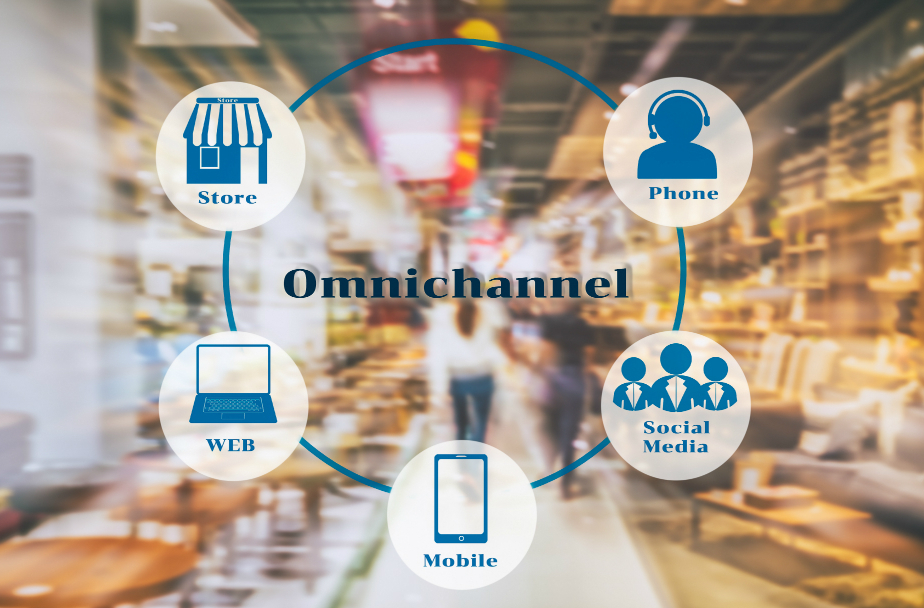
Speaking of omnichannel customer journey, we have already anticipated the need to implement omnichannel marketing strategies, which can intervene in the user’s lifecycle, recognizing the user and offering him or her a unique experience across all channels.
To do this, some strategic and design directions are needed.
Omnichannel Marketing what is it?
Omnichannel digital marketing involves the ability to orchestrate the customer’s interactions with the brand in a single direction, automating interactions through all available contact channels: online stores and physical stores, direct marketing via social media, email, text messages, apps. To create an omnichannel marketing strategy, technology is therefore needed, but above all coordination within the company that is based on objectives shared by the various divisions: a fundamental part of what is today defined as Digital Transformation.
In a study conducted by Forrester on behalf of Accenture and Hybris, an attempt was made to describe the complex landscape of omnichannel marketing from both the point of view of consumers and companies.
The objective is to find insights for retailers who intend to break down some technological and organizational barriers to invest in an omnichannel experience.
Here we describe a world made up of players not yet fully aligned with a customer who, on the contrary, has quickly adapted to the comfortable experiences offered by some big players. The result is that what are great efforts for many retailers are experienced by people as pure commodities.
The omnichannel experience is therefore a strong differentiator of brand perception.
Omnichannel marketing: the contribution of marketing automation
The Marketing Automation certainly allows you to solve some important challenges of omnichannel marketing, let’s see which ones:
It intervenes promptly where the user is at that moment: let’s take the example of someone who browses the store looking for details of a product they want to purchase. The location and navigation information allows Marketing Automation to notify the presence of discounts or benefits at that very moment on that same device (perhaps with a text message).
Intervene promptly on the user’s preferred channel: email, social networks, apps are all valid options. Every consumer has their own information habits. Marketing Automation allows us to communicate in a personalized way for each channel, depending on what we know about each person’s behavior. If a user doesn’t open emails it doesn’t mean they aren’t loyal to a certain brand, they could simply be very selective about their email. Maybe he could be less so on social networks where he likes to be entertained. Messages should be delivered where they are most welcome.
- Be consistent in communication: Marketing Automation allows you to manage all channels centrally so that there is no misalignment between campaigns, discounts, tone of voice, etc.. This maximizes efforts and reduces error margins.
- Reduce the costs of personalized communication: the collection of user information across all channels allows us to personalize every single message wherever it is delivered, from the post on Facebook to the email, without manual operations.
- Reduce the stress of useless advertising: Orchestrating the channels also means reducing stress for people who will be contacted in a personalized way, where they prefer, without being bombarded with useless and irrelevant messages.




